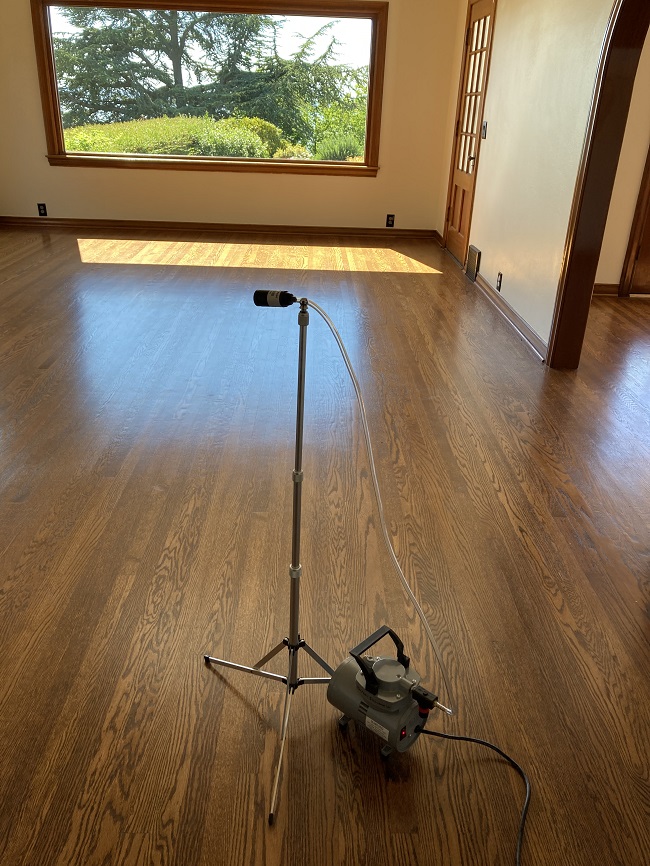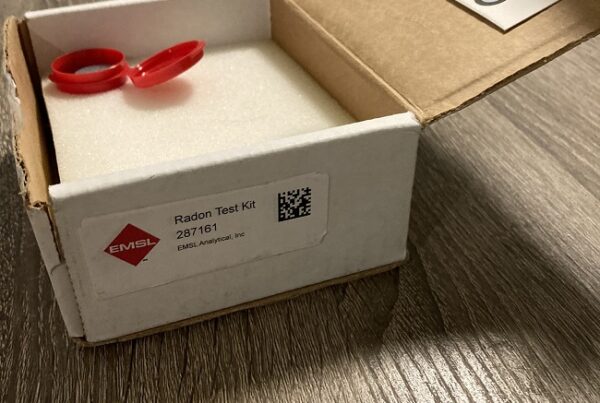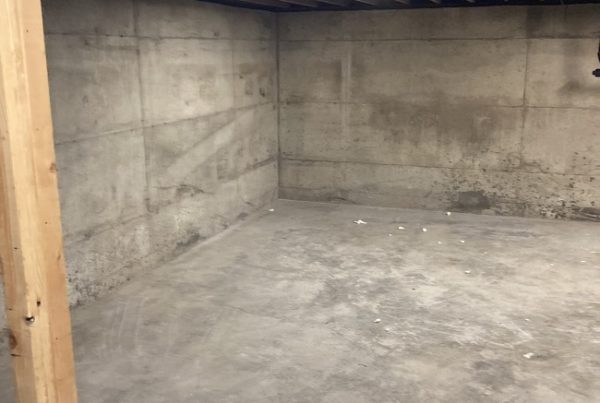
It’s hard to find a house to buy in a seller’s market; you find one, you’re outbid, and the low supply exacerbates the problem. But fortunately for you, the real estate agent you hired is sharp and could find a house in a great neighborhood close to shopping and good schools. But you have a new baby and want to make sure the new home is safe to live in.
You should always get a thorough inspection of any prospective home you plan to buy, but the standard checks that are performed usually have to do with the overall condition of the structure. One of the often unperformed but equally important inspections is air quality, especially for mold, VOCs, and radon gas. Mold is the most common problem in homes and should be included as a part of a home inspection, and VOCs (Volatile Organic Compounds) should be conducted in newer homes or newly renovated houses. A radon gas test should also be performed to ensure this toxic gas is not trapped inside your new home.
Although it is unnecessary to test for radon, it would be wise to include this test in your inspection, especially if you have immunodeficient individuals living in the home, anyone with a history of cancer, developing children, or for your peace of mind. Radon is not detectable without a test, as this substance is colorless, odorless, and tasteless. Radon deaths in the US are estimated to be at 22,000 per year.
How do radon tests work
A home radon test is best performed in a closed area that is not accessed for at least 8-12 hours prior. There should be no outside air interference with the kit, but if a radon fan unit is running, it will not be a problem with the test. A uniquely designed charcoal-filled canister is placed in the lowest living unit of the home for up to 4 days to collect radon gas; the kit is sent to a radon testing lab for analysis.
How to pass a radon test
As long as the radon test results come back between the EPA acceptable levels of 2 to 4 piCocuries, you will pass a radon gas test. But any radon levels above 4 pCi will require the removal of this toxic gas from your home to prevent any adverse health problem to the residents.
Radon testing cost
A preliminary radon test can be done by purchasing an electronic air quality testing monitor to detect radon gas levels. However, these gadgets are not very accurate as the equipment has some limitations. You can get by an air quality monitor to see radon for about $50. To get an entirely professional test, expect to spend about $300 to $400, and the results will be much more reliable.
Radon testing near me
Are you concerned with radon in your house but don’t know how to find a good radon testing service in your area? Ask your Realtor for a referral or the consultant performing your general home inspection. You can also ask google, type in “radon testing near me” to get a list of local service providers. 5 Microns Inc. offers radon gas testing. Call 425-440-8787 Now!



